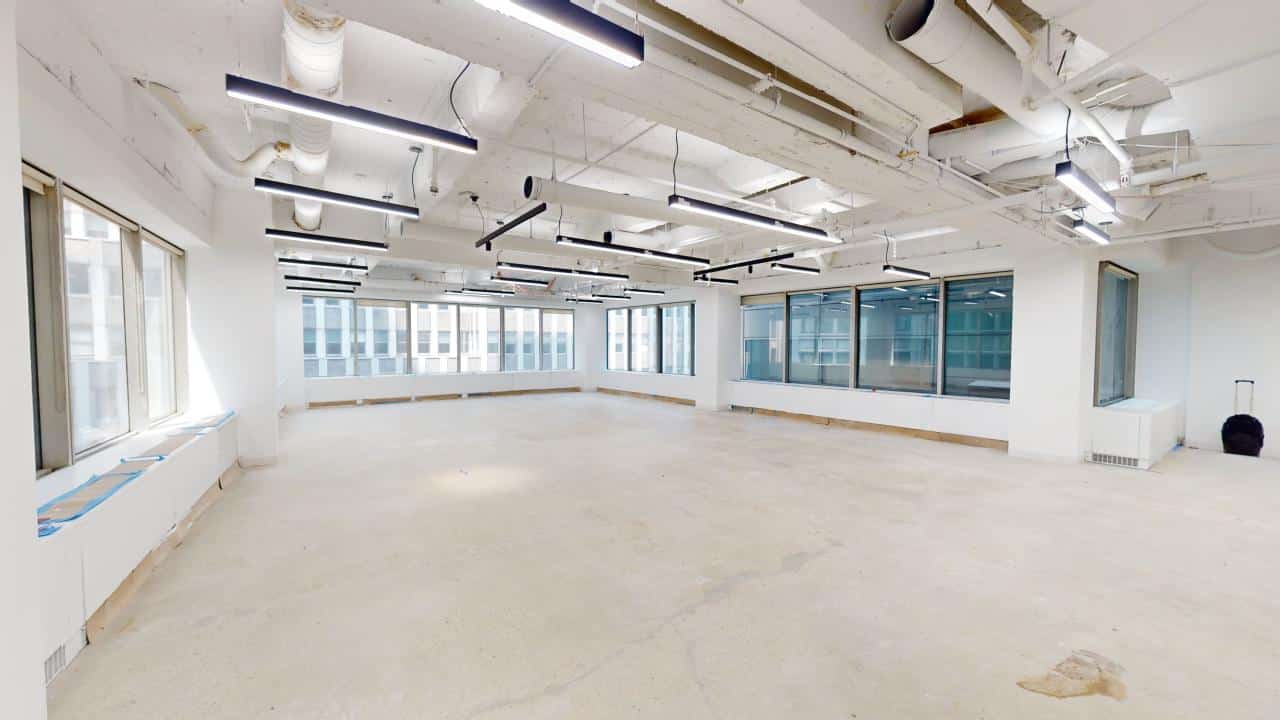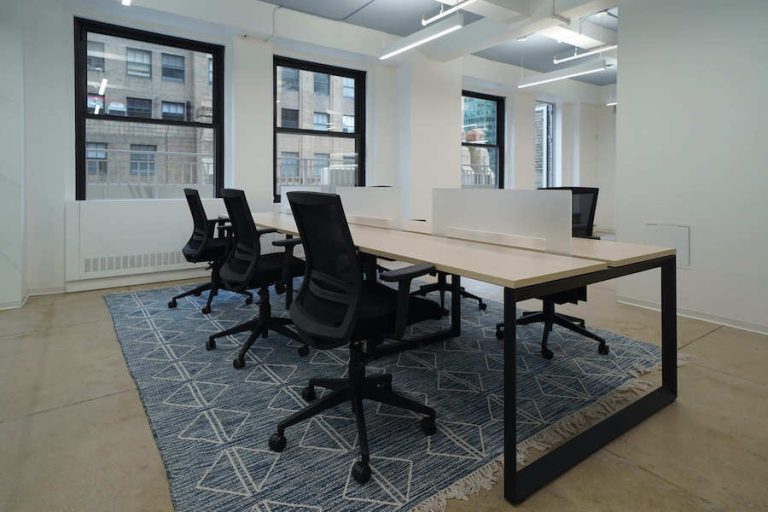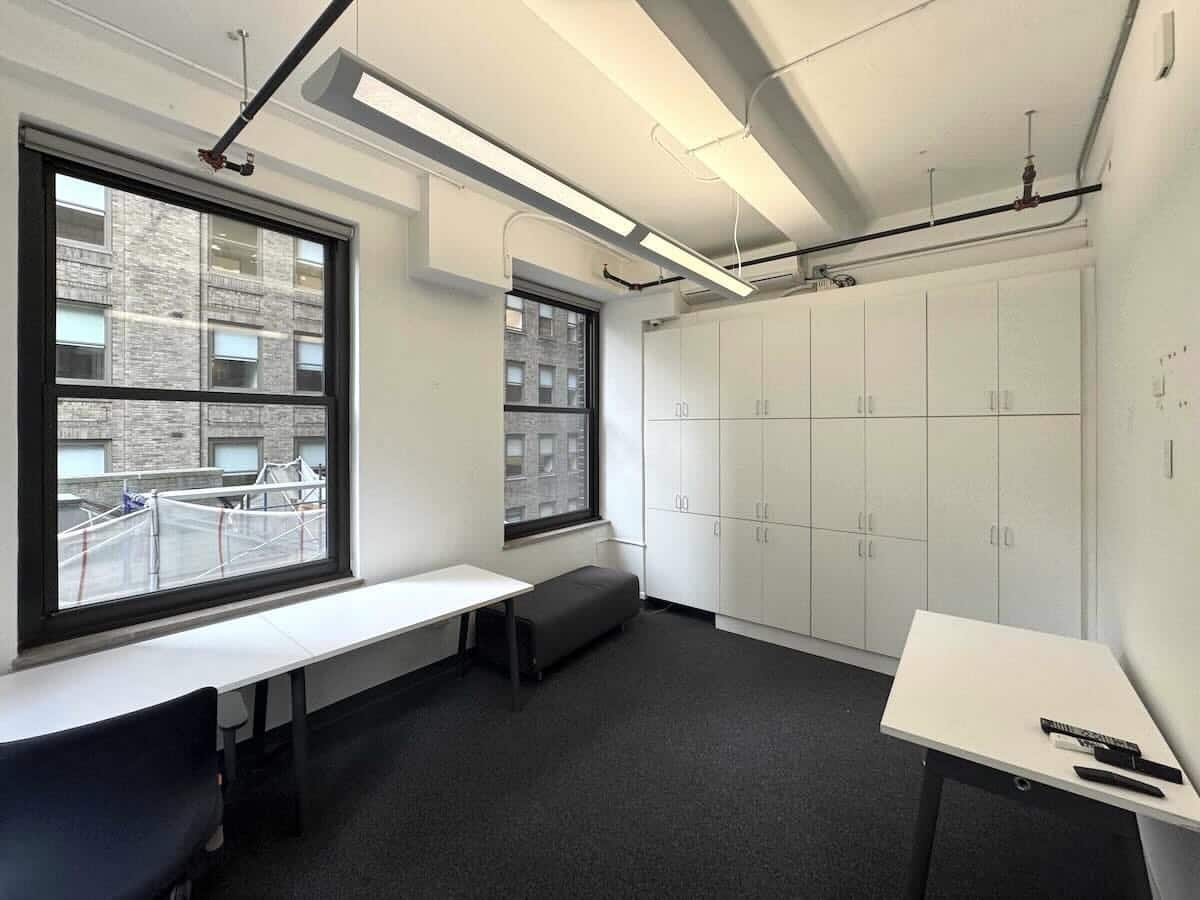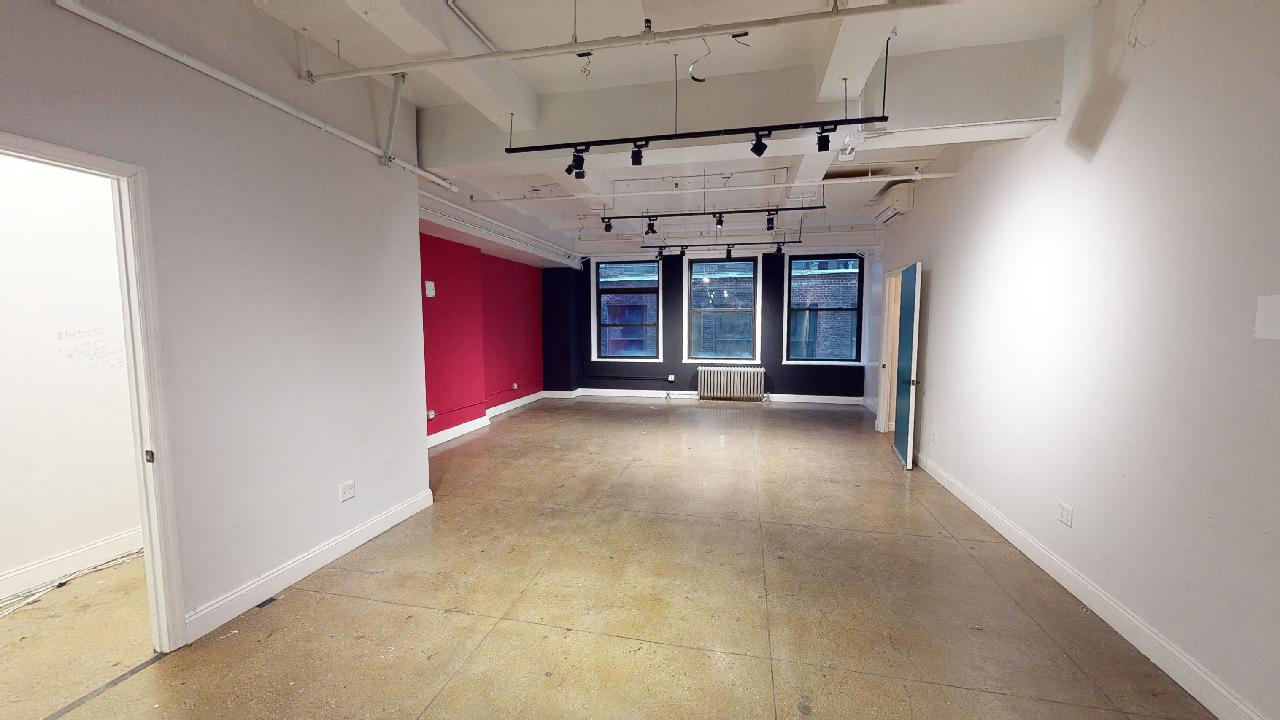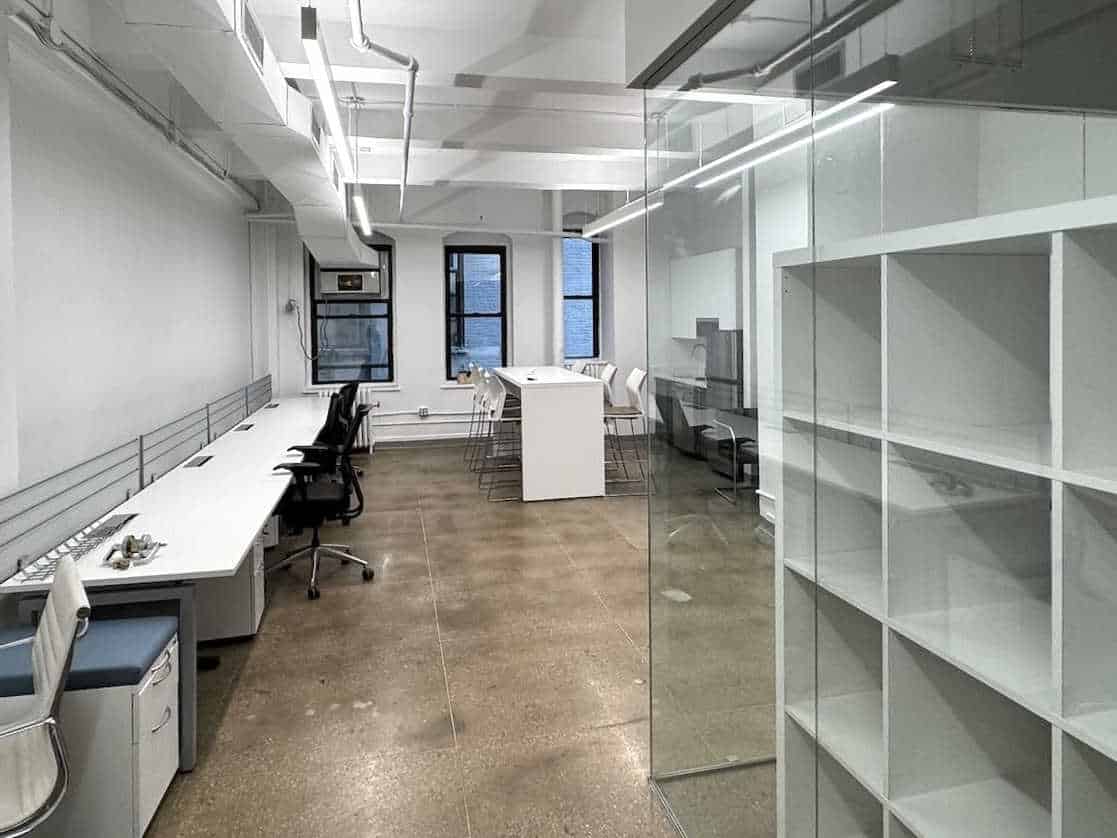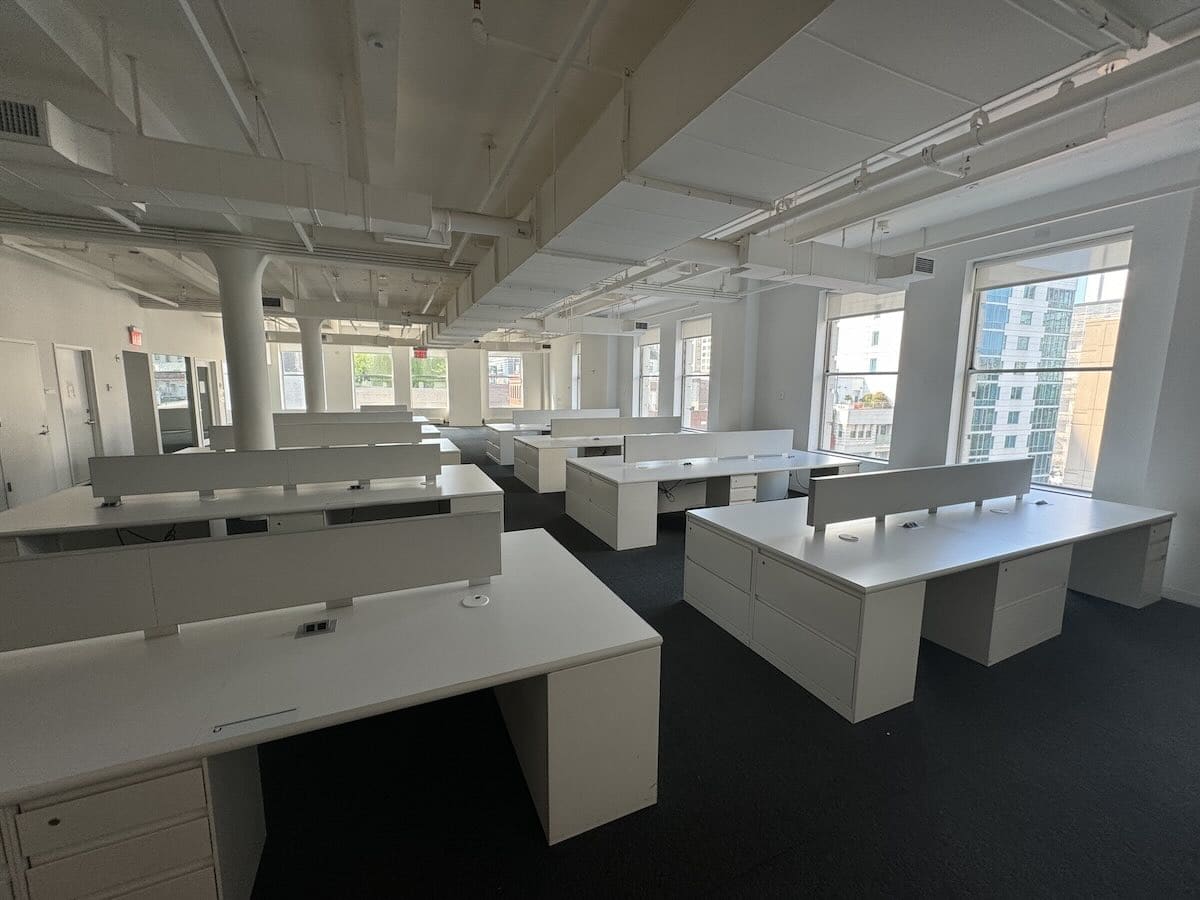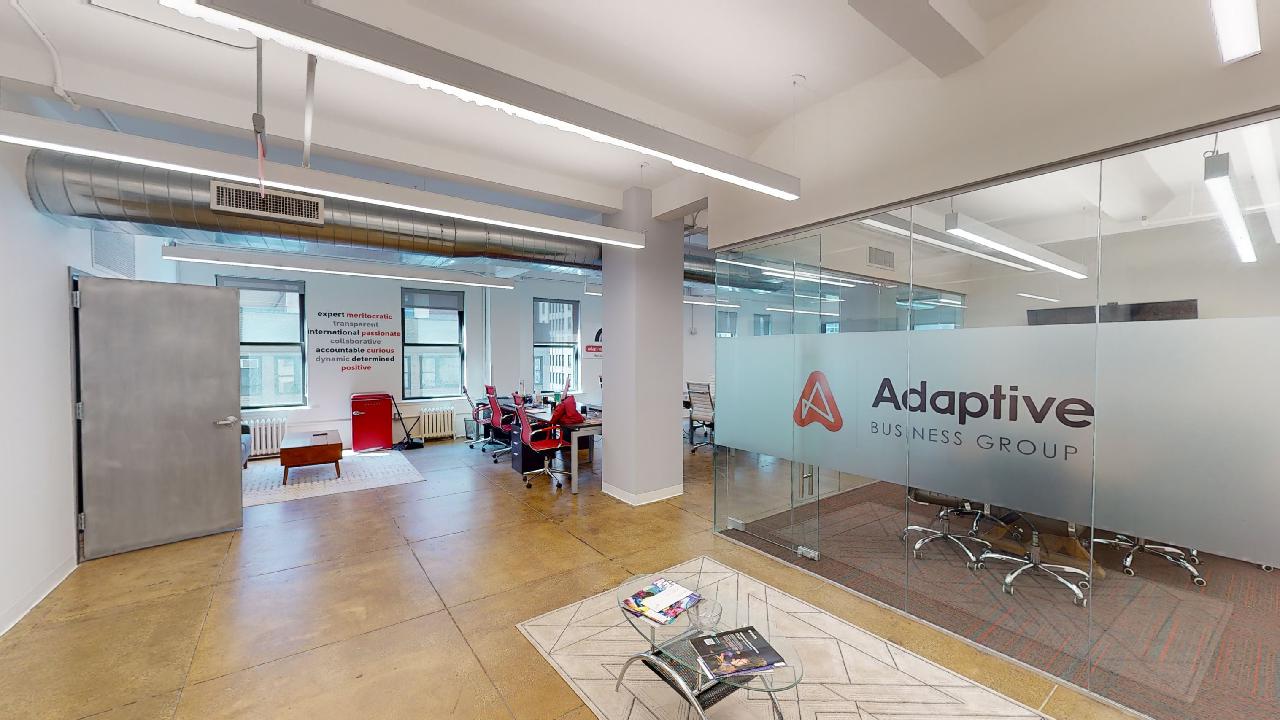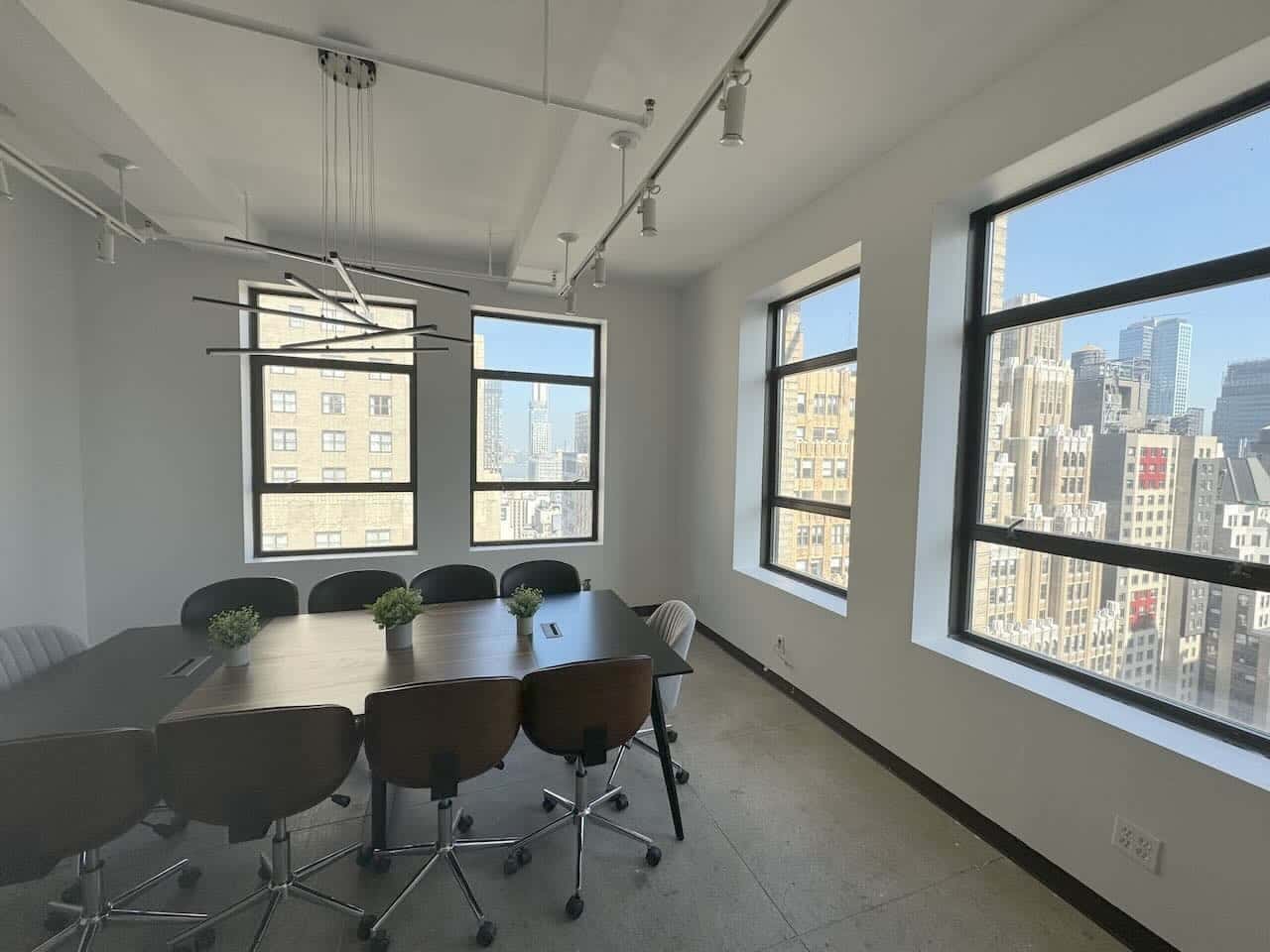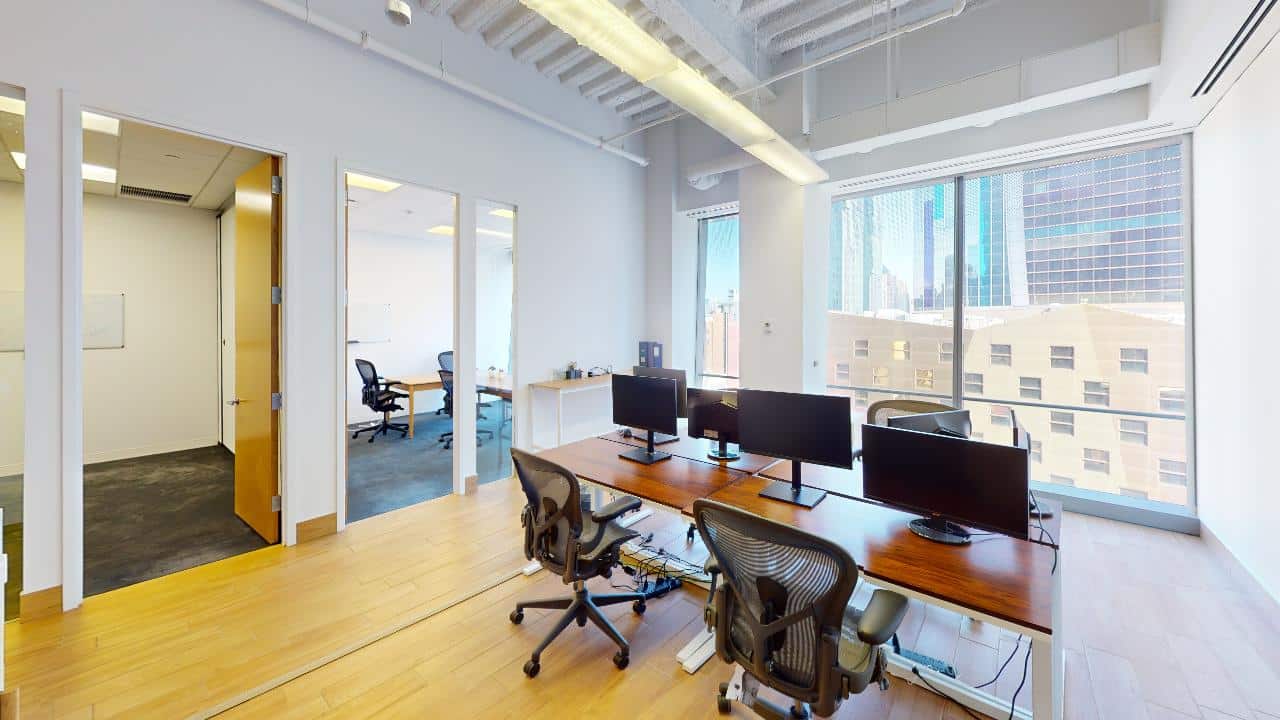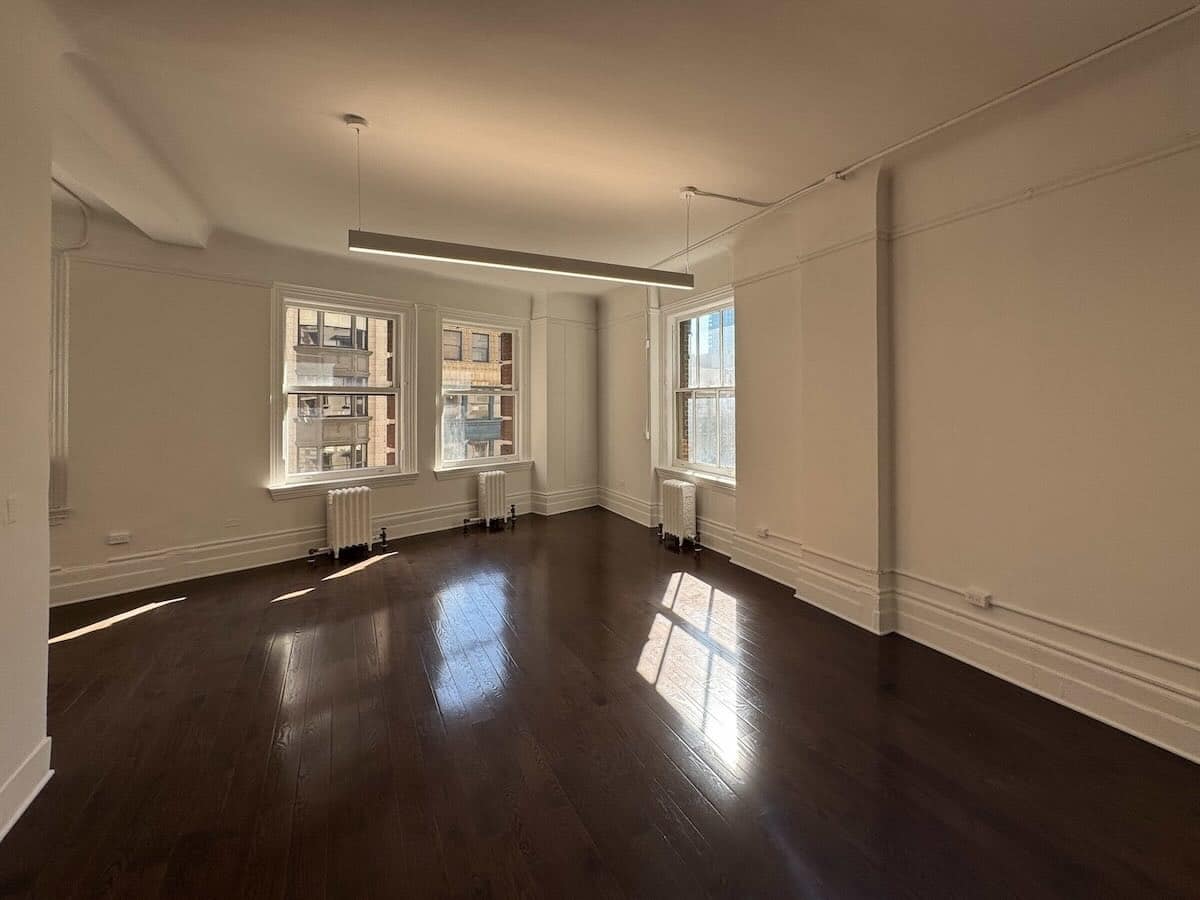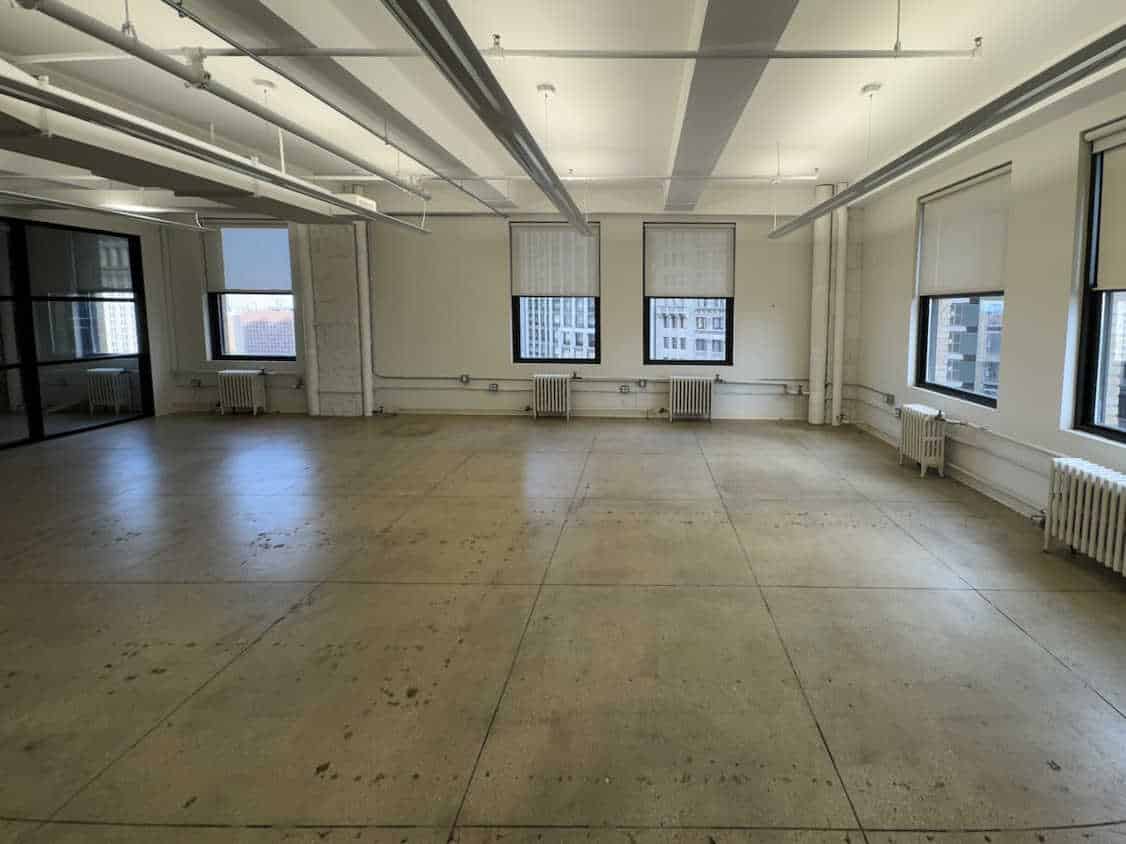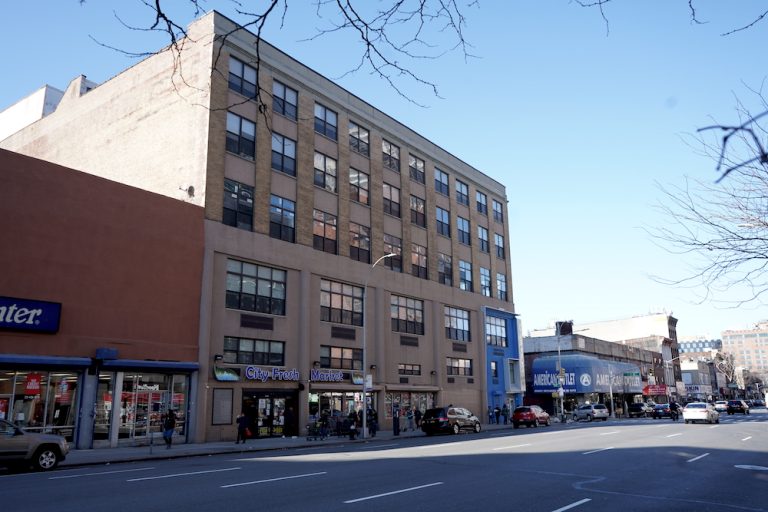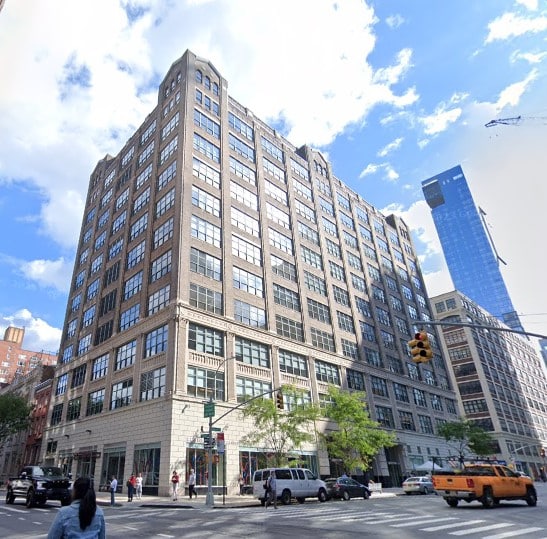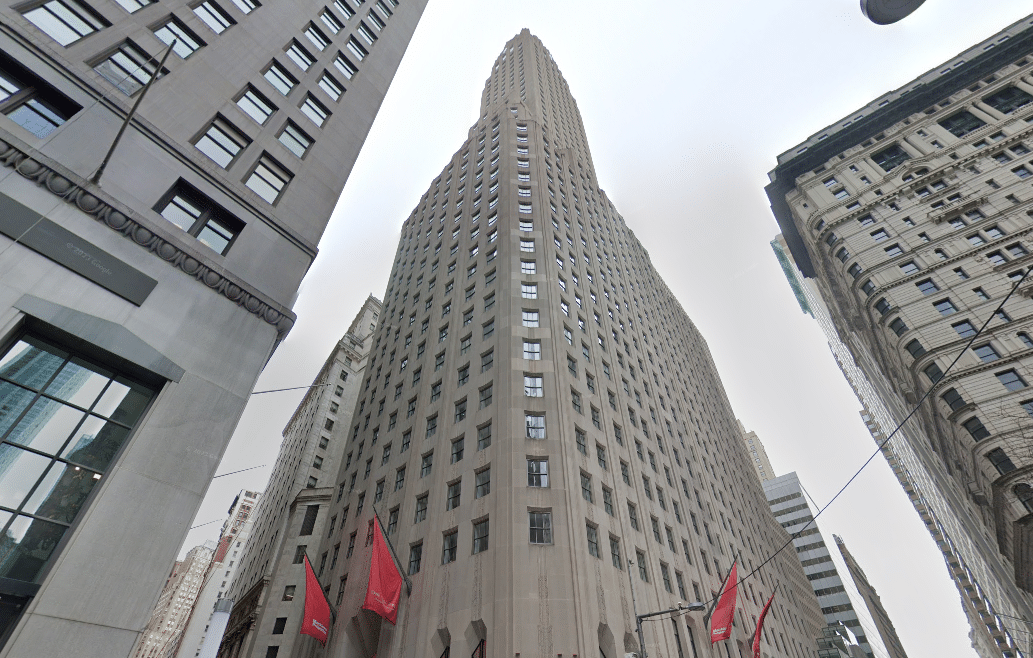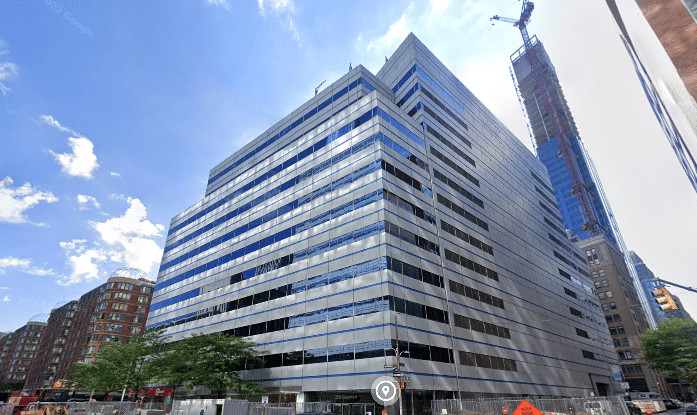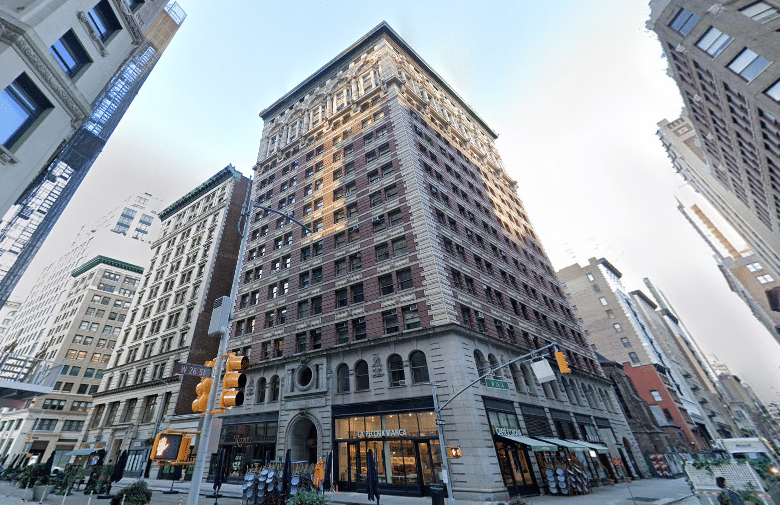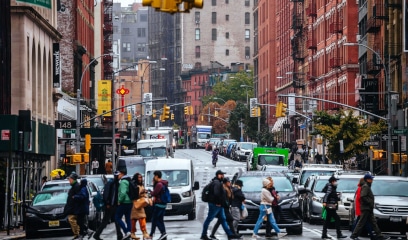The Federal Reserve, aka “The Fed,” is the United States’ central banking authority. While it’s best known for determining interest rates and overseeing monetary policy, another responsibility it holds is maintaining the financial system’s stability. So when it sees commercial real estate as a systemic risk to the financial system, it can’t sit idly by.
That’s why minutes from the Fed’s most recent meeting from Jan. 31–Feb. 1, 2023 are so concerning for far more people than strictly commercial real estate professionals.
With commercial landlords facing heightened stress three years after disruptions from Covid-19, office occupancies in many older Class B and C buildings have flatlined, and defaults are becoming more common, exacerbating the situation.
It’s reached a point which The Fed says could result in similar systemic problems as those seen in the 2008-2009 financial crisis.
The Fed is not necessarily worried about any individual office landlord. However, it’s becoming apprehensive that banks cannot collect debts from commercial real estate borrowers.
In other words, a commercial real estate version of the subprime mortgage crisis that later led to the 2008 financial crisis.
Is global real estate debt a “time bomb,” as Bloomberg described in January? Is it a systemic risk to the financial system’s stability, or are these concerns nothing but hot air? Moreover, can the government proactively intervene to prevent the situation from spiraling out of control?
Systemic Risks
When commercial landlords default on their mortgage, they cannot repay the loan they used to finance their property. In such a situation, the lender who issued the mortgage experiences a loss. Hence, they may foreclose and sell the property to recover some of the debt.
Various lenders could have issued the mortgage, including banks and real estate investment trusts (REITs). After issuing the mortgage, the lender may package and sell it as part of a mortgage-backed securities (MBS) portfolio to investors such as banks, pension funds, hedge funds, or other financial institutions. Therefore, the risk of default spreads throughout the financial system.
Regarding commercial real estate debt, commercial loans consist of anywhere from 6% to 30% of a bank’s loans. Thus, if commercial mortgages default en masse, banks would face significant losses and impact the international financial system.
Most recently, PIMCO-owned Columbia Property Trust defaulted on $1.7 billion of mortgage loans. Its lenders? Three of the world’s top 25 largest banks– Goldman Sachs, Citigroup, and Deutsche Bank.
The Fed plans to issue stress tests in spring to evaluate banks’ ability to handle a commercial real-related economic slowdown. However, some banks heavily invested in the sector already show signs of stress.
M&T Bank in January reported that about 20% of its office loans were at risk of defaulting. About 15% of those office loans cover New York City office buildings.
Additionally, New Jersey’s Valley National Bancorp stopped issuing loans for small and midsize urban office buildings and called these loans a “nonstarter.” Considering Valley National is the country’s most commercial real estate-heavy lender, with 62% of its nearly $50 billion loan portfolio dedicated to the sector, this statement speaks volumes.
Will Defaults on Office Building Loans Trigger a Financial Meltdown in 2023?
One could make a case for and against a wave of commercial landlord defaults causing another financial crisis.
The Case For
Let’s look at the subprime mortgage crisis that caused the 2008 financial crisis.
Lending to borrowers with poor credit histories or limited ability to repay the loans contributed to the crisis, with banks and financial institutions responsible. These institutions packaged these loans into mortgage-backed securities and sold them to investors as low-risk investments. However, once subprime mortgage after subprime mortgage began defaulting, the broader financial system felt the effects.
Investors, banks, and other institutions holding these mortgage-backed securities incurred significant losses. As the crisis deepened, banks became unwilling to lend to each other, causing credit markets to freeze and leading to an economic downturn.
The crisis caused widespread unemployment, foreclosures, and bank failures, resulting in a global recession. As a result, governments and central banks had to intervene and stabilize the financial system with unprecedented measures.
A variant of the 2008-2009 financial crisis in 2023 depends on various factors, such as the state of the economy, interest rates, and government policies. However, if commercial landlords default en masse, a domino effect throughout the financial system similar to the subprime mortgage crisis is plausible.
Mass defaults would not only lead to a decline in property values. They could lead to a freeze in credit markets, bank failures, unemployment, and a broader economic downturn.
The Case Against
A flood of commercial landlord defaults could cause another financial crisis. However, there are three reasons things won’t necessarily shake out that way.
First, many regulatory and policy changes implemented since the financial crisis could help minimize the widespread destabilization of the financial system.
Second, the likelihood of defaults depends on the quality of the properties. Landlords for trophy Class A assets and specific niche properties like medical buildings are less likely to default. In comparison, only older Class B and C properties may be at risk. If defaults aren’t so widespread, the ripple effects may not be as widespread as in 2008.
Third, and finally, even though hundreds of billions of dollars of commercial real estate debt is at risk for default, it’s a drop in a hat compared to the roughly $1.4 trillion in subprime mortgage defaults during the financial crisis.
The Key Takeaway – The Impact of Government Policy on the Situation
Ultimately, an influx of commercial landlord defaults may occur whether we like it or not. Demand for office space is far from pre-pandemic levels, placing many commercial landlords in a concerning financial position. Moreover, interest rates are still rising, inflation remains hot, and in New York City alone, commercial real estate loans worth $16B will mature by the end of the year.
With reduced demand for leasing office space and a complex environment to extend or refinance loans, default risks continue mounting. However, with the right government policies in place, mitigating the impact and preventing a chain reaction of defaults leading to another financial crisis is possible.
While the government did not act quickly enough to prevent the 2008 financial crisis, it took several steps to stabilize the financial system after the fact with key actions like bailouts, stimulus packages, interest rate cuts, quantitative easing, and regulations like Dodd-Frank.
Should the government act more quickly this time, it can help contain the impact of defaults collapsing the broader financial system. For example, it could expedite modifications in zoning laws to permit the conversion of commercial real estate to residential housing. As a result, they could stabilize rents and reduce vacancy rates by removing the excess supply of office space. In addition, it could support banks facing significant losses due to defaults.
The possibility of office building loan defaults causing a financial meltdown cannot be entirely dismissed. However, avoiding unnecessary panic and maintaining a realistic perspective are important. Keeping a watchful eye on the situation as it evolves can provide valuable insights into the current state of the commercial real estate market and potential vulnerabilities in the financial system. As always, making informed decisions based on reliable data and expert analysis is essential.


